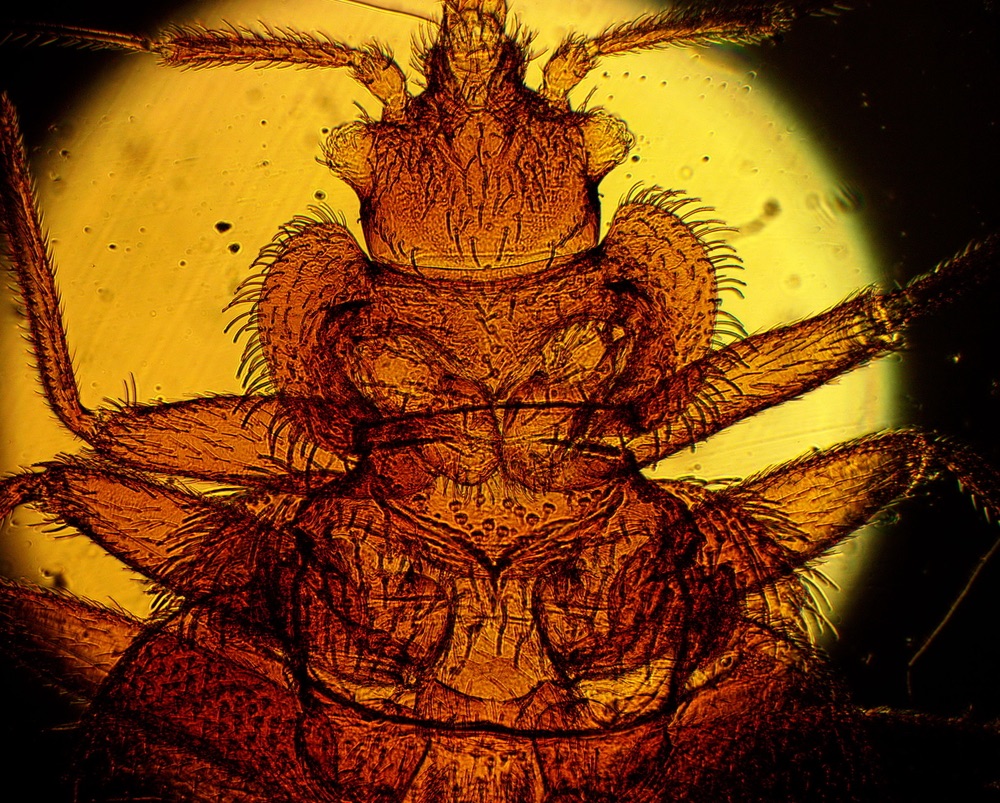Animal Sex: How Bed Bugs Do It

For some people, the mere idea of a bed bug infestation can be shudder-inducing. But if bed begs' penchant for feeding on your blood while you sleep isn't enough to get your skin crawling, know that the sexual behaviors of these tiny, parasitic insects are even more cringe-worthy.
Though bed bugs have been making headlines since the early 2000s, they've been pestering people for thousands of years. "They were originally pests of bats in caves and when humans moved in, we kicked the bats out," said entomologist Dini Miller, a professor of urban pest management at Virginia Tech. Bed bugs started to feed on people, who transported the parasites out into other environments.
Today, bed bugs jump from home to home the same way they've done in the distant past: by hitching a ride on people's things, such as clothes and bags. Just one breeding pair — or even a single female that's already mated — can create a whole new infestation. [Bed Bugs: The Life of a Mini-Monster (Infographic)]
Bed bugs breed year-round, but there seems to be some seasonal variation. "We do know that populations seem to double and triple in summer months," Miller told Live Science, adding that high moisture levels due to humidity may be involved in these population spikes. "Or maybe they just feel sexier."
While in a house or apartment, the insects tend to hide together in shelters called harborages, such as in the cracks and crevices of furniture, wallpaper and box springs. They'll become active at night if they sense people or animals breathing. "When [carbon dioxide] increases in the atmosphere, that lets bed bugs know that food has arrived," Miller said. "It's like smelling bacon at a distance." The bugs will wander around in search of a blood meal, and if they come within 3 feet of such a meal, they can zero in on body heat.
Bed bugs will gorge on blood for up to 10 minutes, filling themselves up with enough blood to last for 3 to 7 days. Feeding puts the insects — especially mature males — in the mood to mate. Once back at the harborage, males will try to mate with mature females, other males, and even immature bed bugs (nymphs), Miller said.
Mating among bed bugs is an unromantic — if not horrific — affair.
Get the world’s most fascinating discoveries delivered straight to your inbox.
Bed bugs have no courtship rituals. What they have, instead, is a type of mating behavior called traumatic insemination. That is, a male will simply climb onto a female, stab her in the side of her body with his hypodermic penis, and release his sperm into her body cavity. Over the next several hours, the sperm will migrate to the female's ovaries.
Interestingly, females have evolved a counter-adaptation to better handle traumatic insemination: a kind of secondary genital structured called a spermalege, which contains elastic proteins and is located in an area of the abdomen that males most often penetrate. These proteins, called resilins, make it so that the spermalege is easier for males to puncture, resulting in less body damage and fluid loss for the female. Males don't have a spermalege; rather, they release an alarm pheromone (acting as a mating stop sign) when another male tries to mate with them.
Still, traumatic insemination wounds the female, leaving scars. Because of this painful and dangerous mating behavior, a female will leave the harborage and seek shelter elsewhere after being stabbed by several males, Miller said.
Mating with more than one male is not beneficial to the female anyway, as a single male can provide her with enough sperm to lay several fertilized eggs daily for up to 10 days. What's more, females that mate only once — and are not subjected to repeated stabbings — produce up to 25 percent more eggs than those that mate repeatedly, Miller said.
After laying all of her eggs, the female will need to feed and mate before being able to reproduce again. Depending on who's around, the female may even mate with her own offspring. Though, in contrast with most other animals, inbreeding in bed bugs does not appear to be genetically detrimental.
Original article on Live Science.

